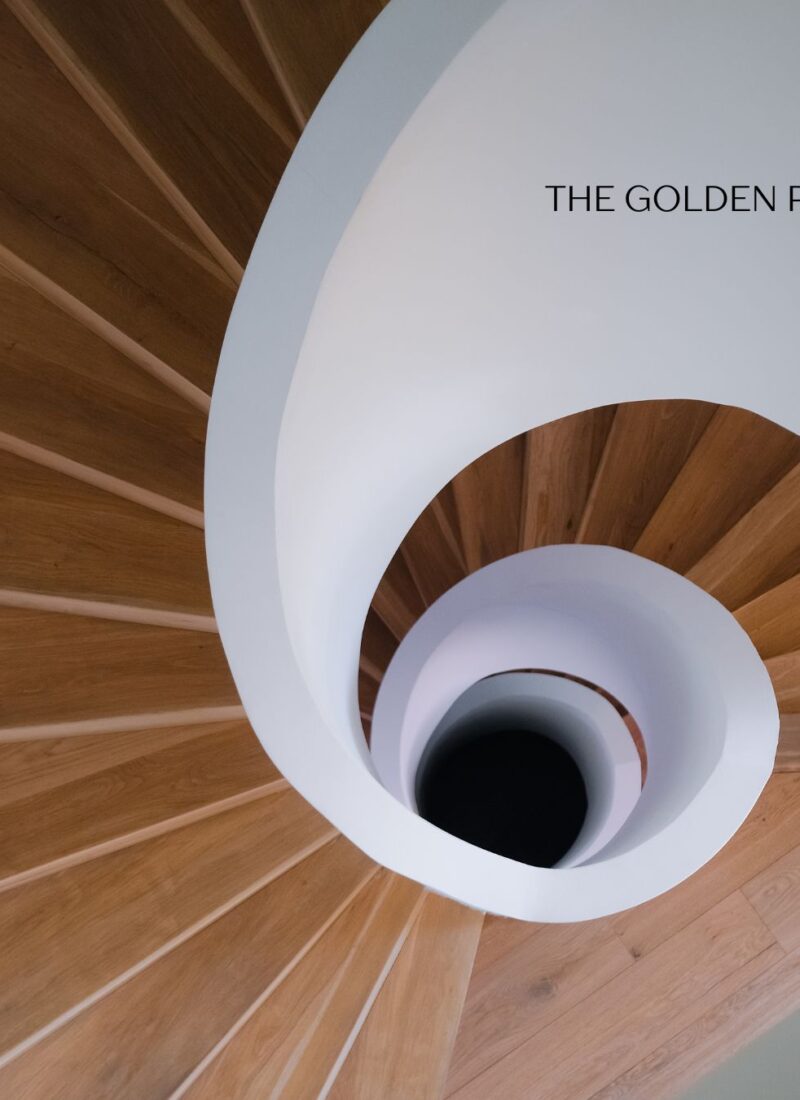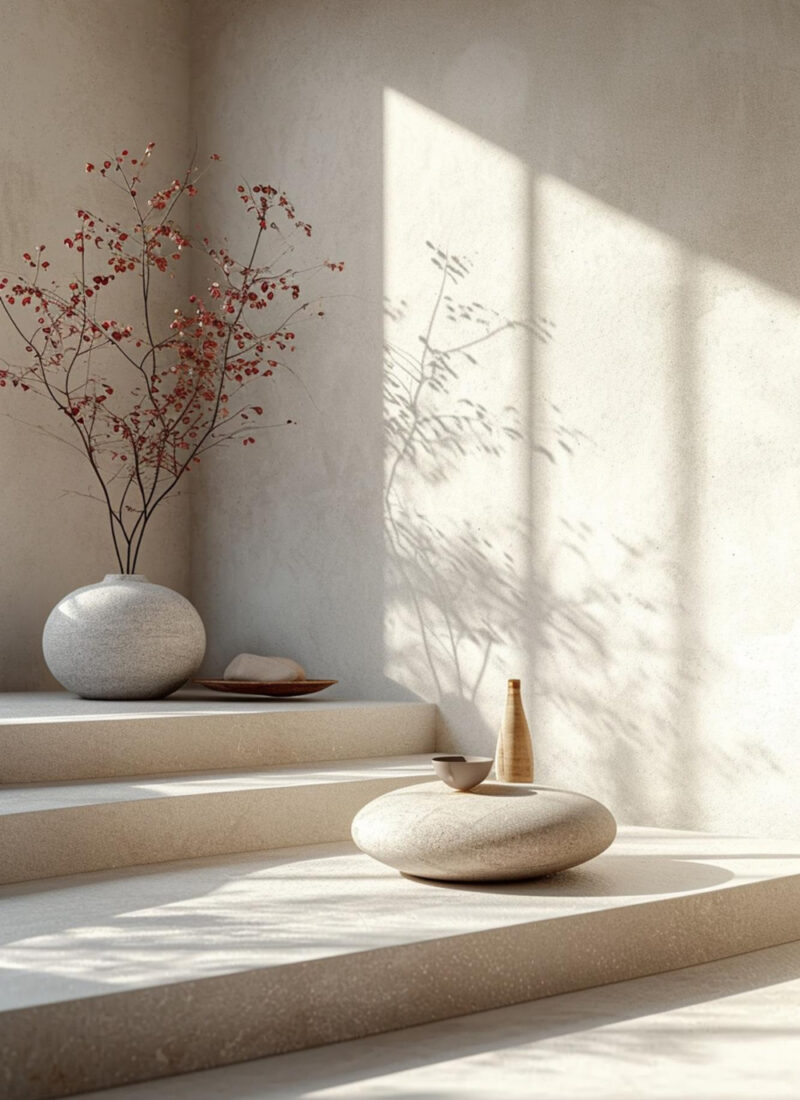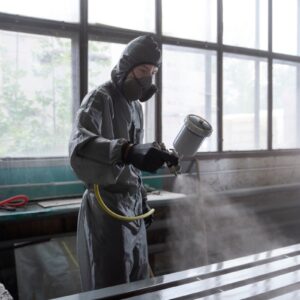Maybe it is time to replace your old roof or perhaps it has been damaged in some kind of storm recently. Roofs don’t last for eternity. Sooner or later, you will replace your old or damaged roof with something new. But with so many roof types in the market. How would you know which is the right choice?
This blog post will give you a closer insight to the most common roofing materials used for residential homes. By the end of this read, you’ll have a better idea of which roofing material might be the right fit for your home. Let’s dive in!
Residential Roof Types Based on Materials
Choosing the right kind of roofing material depends on several factors, including your budget, climate, and aesthetic choices. Here are the roofing materials worth considering.
Asphalt

This is a common roofing made of bitumen and aggregates. Asphalt is durable and easy on the pocket. This material is commonly used for shingles, which can be replaced individually as the roofing ages or gets damaged. Asphalt can last from 20 to 50 years, depending on the quality. This material is often reinforced with fiberglass organic materials to make it stronger. Asphalt matches well with copper rain gutters.
However, compared to other roofing materials, asphalt offers a low level of insulation, which can be disadvantageous if the location is prone to extreme cold. Also, be sure to use the asphalt roof only if you live in an area with extreme temperature ranges.
Related post: How to Create a Black and White Bathroom
There are three ways asphalt can be used for the roof:
- 3-Tab Asphalt Shingle
This is the most affordable among the three kinds of asphalt roofing but it is thinner because it has a base made of paper. Compared to the other two, the 3-tab asphalt shingle wears out faster.
- Fiberglass Asphalt
Compared to the 3-tab asphalt shingle, the fiber glass is the lightest. That said, it is not as durable as the other two.
- Architectural Type Asphalt Shingle
Compared to the 3-tab asphalt shingle, the architectural type asphalt shingle is stronger. It has an extra layer made of laminate, rendering this type more structured. It is costlier to install this but it provides the home with a more luxurious look.
BUR Roof
BUR roofing or built-up roofing is commonly used for flat roofs. It has asphalt, aggregate, and plywood layers. This roofing material can protect you from UV rays and has good waterproofing capabilities. However, take note that BUR roof type don’t stay as long as other materials. These can last only up to 30 years. Also, it takes longer to install this kind of roofing.
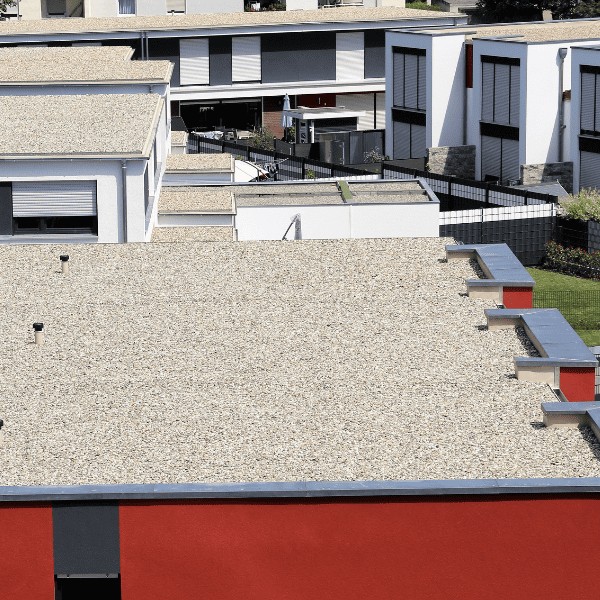
Green Roof
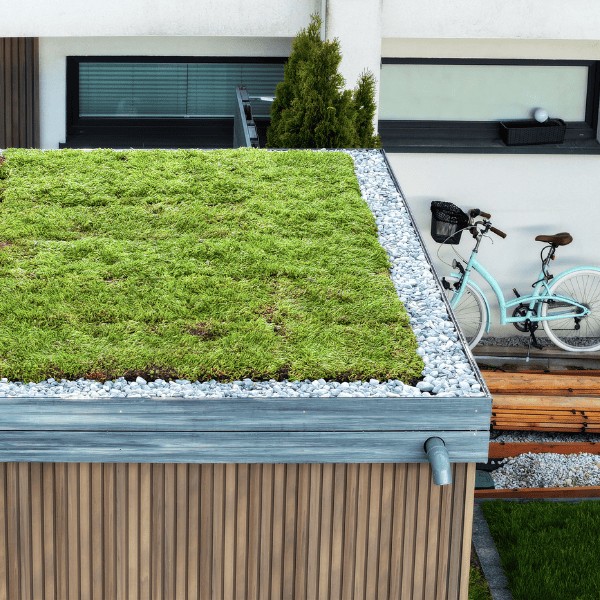
Green roof types are becoming increasingly popular because of its energy efficiency and indirect impact on the environment. Green roofs have vegetation that can help reduce the use of electricity. It has noise reducing capacity that help block unwanted noise. However, it needs an annual upkeep to keep off the weeds and overgrowth.
Metal
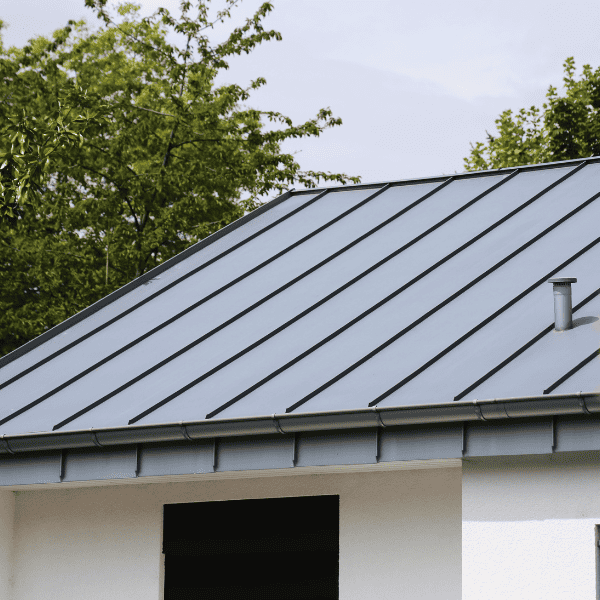
Metal is another roofing material that’s popular nowadays. Also durable, metal roofing can last up to 70 years. It can withstand extreme weather conditions and adaptive to several roofing styles. This material is a lightweight alternative to other types of roofing materials. What’s great about the metal roofing is it can imitate how asphalt and wooden shingles look like.
Metal roofing comes in several forms including copper, aluminum or stainless steel. However, compared to other materials for roofing, the metal type is more expensive to install and maintain. The metal roof types look great on cabins, cottages and contemporary-styled homes.
Polymer
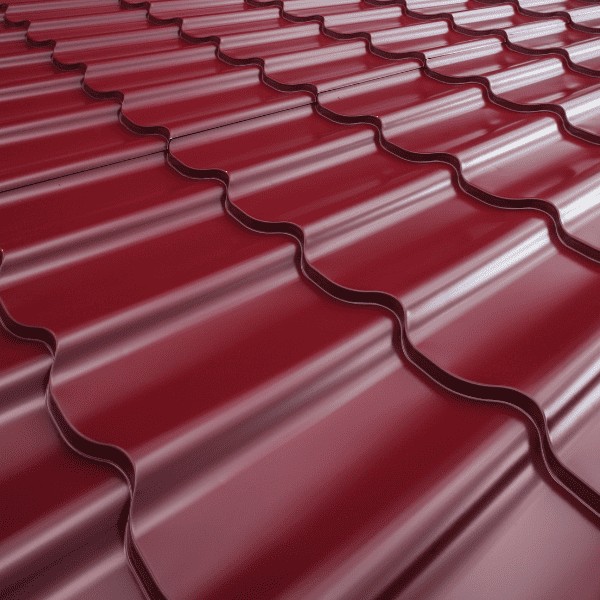
Plastic polymers are fast becoming an option as a roofing material. These are designed to look like wood or slate without the rotting of the former or the heaviness of the latter. Most polymer roofing are also fireproof. SInce this is a new roofing material, it’s best to check homes within your locality with such material so you’d know how this adapts to your environment.
Composite plastic polymers is a special kind of polymer material and it’s made of recycled plastic materials. This is the alternative to the heavier slate tiles. Take note that while the composite plastic roof is easy to install, it won’t last long compared to most roofing materials.
Rubber
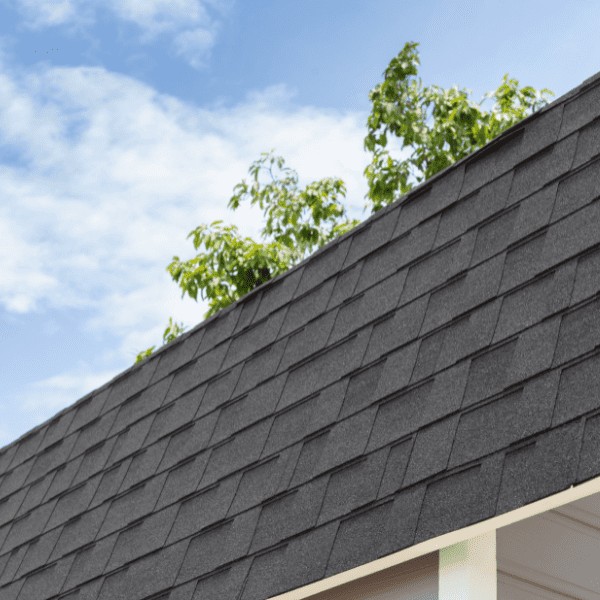
Rubber roofing looks is similar to asphalt but easier and cheaper to install. Plus, this kind of material does not require a lot of maintenance. Rubber is on the lower price point but it would only last for about 25 years. This is an energy efficient roofing material that comeas in three forms: TPO, PVC and EPDM.
Slate
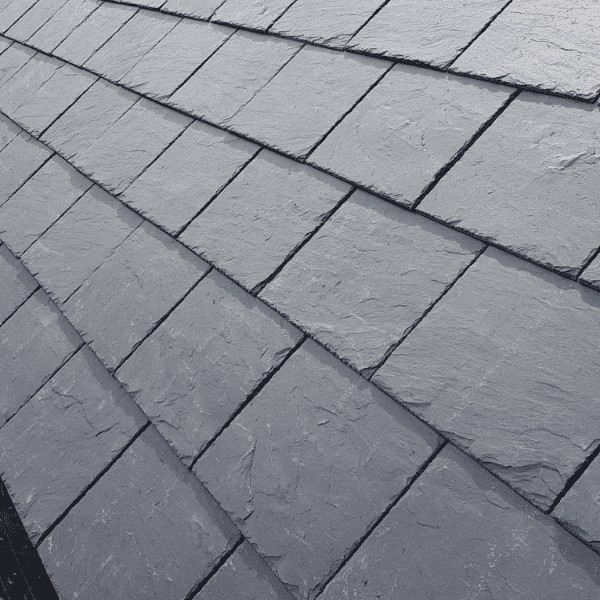
Slate is a great roofing material in hotter areas as these can repel heat. It is highly durable, after all, slate is made from stone. Slate can last you a lifetime. It offers you a unique kind of roof, too.
However, slate is a heavy material so make sure you have a very sturdy roofing structure so it can carry the weight of this material. It is expensive and difficult to install.Slate comes in four colors: black, gray, green and red. Slate looks great on French and Colonial-inspired homes.
Solar

Solar roofing is one of the newest roofing shingles in the market nowadays. On top of being able to keep a cover on your head, solar roofing can generate enough electricity to power the home. The best part is, you don’t even have to install all solar shingles to your roof. Only certain sections are allocated to this roofing. Often, you’d find solar shingles installed alongside other roof materials. One thing to note about this roofing is its high price point.
Tile

Tile roofs are often made of clay or concrete. These roof types are reminiscent of the Mediterranean style because of its color: terracotta. Extremely durable, it can last for half a century. Take note, though, tiles can be heavy. Be careful when you install in on a mortar bed because this material can slip off after 10 years or so. That means you need to reinstall it or have the roof strengthened so it can carry the heavy weight of the new tiles.
You need a professional roof tile installer to attach them to the roof properly. Clay tiles are often seen in the Mediterranean, Southwestern, Spanish, and Mission styled homes. This is best used in areas that are prone to wildfires- and you guessed it: it’s waterproof.
Wood
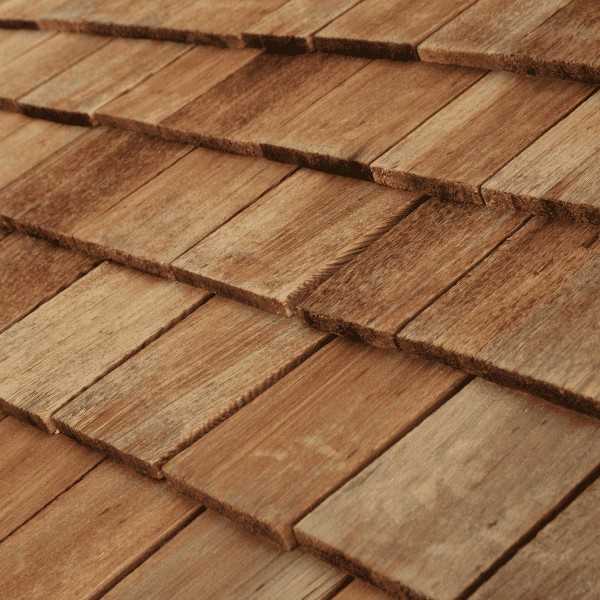
Wood provides a rustic feel to the roof and the best thing is, it looks better as time goes on. Most of the wood materials used in roofing are sustainably-sourced. However, take note that wood for roof can be expensive; it takes an expert hand to install. Also, wood is not an ideal rooting material in areas that experience extreme weather conditions. Additionally, wood can rot and without proper treatment, is highly flammable. Wood
Wood has a shorter lifespan than other roofing materials; it can only last 30 years with proper care and maintenance. Tudor homes, Cape Cod and bungalows are the best matches for wood roofing.
Roof typesmade of wood can come in two different styles:
Wood Shake
Wood shake is often hand-cut or sawed. Manufacturers need to cut the wood into sections called shakes. This creates a rugged, rough look. Compared to the wood shingle, wood shakes are more expensive and may not be environmentally sustainable because manufacturers need to cut very old trees.
Wood Shingle
Wood shingles are thin wood made from different kinds of trees. These are often machine cut.
When Should You Replace Your Roof?
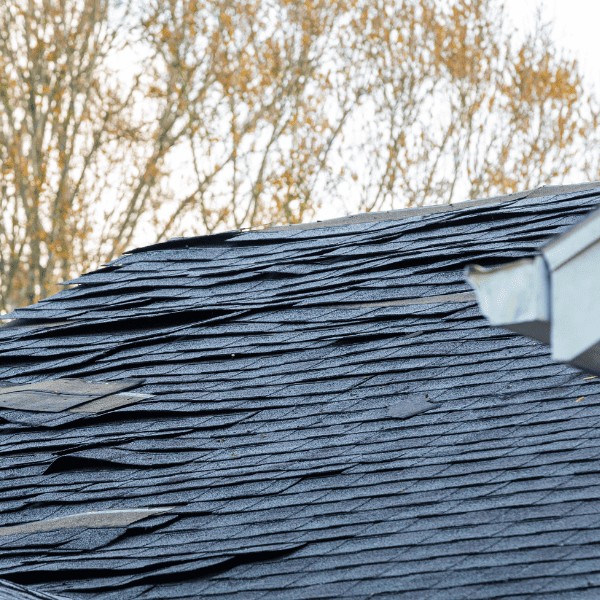
As a rule of thumb, address the roofing issues once you see visible signs of damage. Now, how would you know if your roof is already damaged? Here is a guide to help you identify possible signs of roof damage.
- Are there any water leaks in the attic? Are there water stains in ceilings in the attic?
- Have you found asphalt granules in the gutters?
- Do ice dams keep on happening or kept on the roof for too long?
- Have you observed a sudden spike in your electricity bills?
- Have you notice there is mold and mildew on the roof?
- Does water stay on the roof to create pools?
- Are cracks and holes on the roof?
- Is your roof sagging?
Why It’s Important to Hire a Professional Roofer?
You might think, “Hey, I can do roof repairs. How hard can that be?” True, you may have successfully fixed some roof parts in the past but that does not mean you should be dolng the whole nine yards. You better leave the entire roof replacement to the experts; afterall, they have the proper equipment. Besides, some roof products only allow licensed or affiliated roof contractors to install their products.
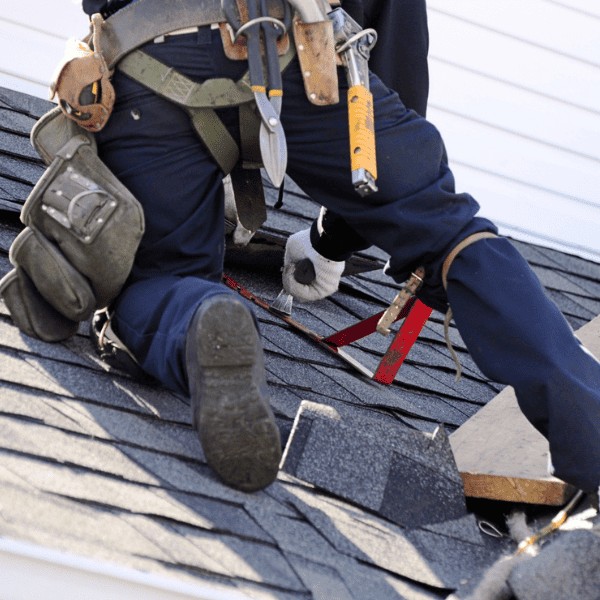
Additionally, an improperly installed roof can bring more damage to your house in the long run. What’s worse, DIY-ing your home might compromise your home insurance. That said, considering all, you should hire a licensed professional roof installer because you are mitigating long-term costs.
To End
The roof protects you from different kinds of elements. There are different kinds of materials used in roofing, each with advantages and disadvantages. Choosing the right one needs a lot of thinking. Which among the roof materials do you prefer? Can you share your point of view on this on the comments section?
